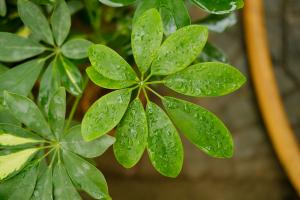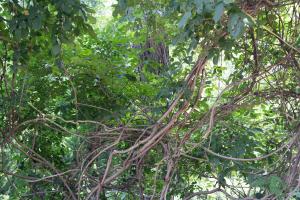1、 Breeding environment
1. Soil: loose and highly drained soil should be used to raise elephant leg trees. It can be prepared with garden soil and cinder, and an appropriate amount of bean cake or chicken manure can be added as base fertilizer
2. Fertilization: during the growth period, apply fertilizer 1-2 times a month, including nitrogen fertilizer, phosphorus fertilizer and potassium fertilizer. Do not fertilize too much. Too much fertilizer may cause fertilizer damage
3. Temperature: give it a growth environment of 18-27 ℃, and the temperature in winter should not be lower than 10 ℃. If the temperature is too low, it will stop growing, cause root rot and even plant death

2、 Breeding method
1. Sowing and reproduction: before sowing, disinfect the seeds and promote germination. The seeds are then placed on the surface of the substrate and covered with a layer of soil. After sowing, water should be sprayed properly, and the water should not be too large, so as not to flush the seeds, which will affect the survival rate
2. Cutting propagation: select robust twigs or old piles for cutting. The best length is about 5-15 cm, and each section should have 3 leaf nodes. The cutting opening at the upper end of the cuttings shall be flat and the lower end shall be cut obliquely. If the temperature is low after cutting, use film for thermal insulation

3、 Common diseases and insect pests
The common diseases of elephant legged tree include leaf spot, bacterial soft rot and so on. After the plant suffers from diseases, it should be sprayed with chemicals regularly and the maintenance should be strengthened


 how many times do yo...
how many times do yo... how many planted tre...
how many planted tre... how many pine trees ...
how many pine trees ... how many pecan trees...
how many pecan trees... how many plants comp...
how many plants comp... how many plants can ...
how many plants can ... how many plants and ...
how many plants and ... how many pepper plan...
how many pepper plan...





























